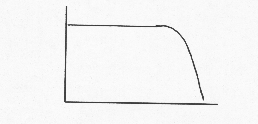Readability of an instrument – indicates the closeness with which the scale of the instrument may be read
Sensitivity – ratio of the linear movement of the pointer on the instrument to the change in the measured variable causing this motion.
Sensitivity is 25cm/mV (assuming linear across scale)

Accuracy – deviation of reading from a known input. Generally expressed as percentage of full-scale reading.

i.e. – mean is 104V and only deviates 1 Volt from this mean
- A primary standard
- A secondary standard with a higher accuracy than the instrument to be calibrated
- A known input source
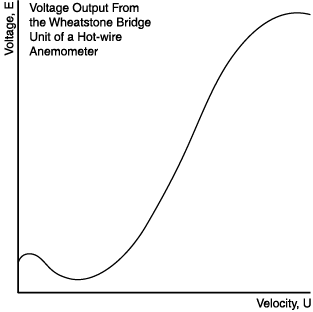
Velocity U

As known input use a pitot static tube. e.g. Heat transfer Lab
Static Measurements – performed when the quantity being measured is not changing with time.
Steady State – state that measurement systems reaches when it is no longer changing with time (i.e. transients have died out . e.g. – pump experiment)
Dynamic Analysis – e.g. Vibrations experiment
Natural Frequency – Frequency at which a system will have its maximum amplitude.

System Response
Linear frequency response – system treats all frequencies the same within the range of applications
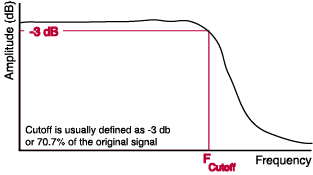
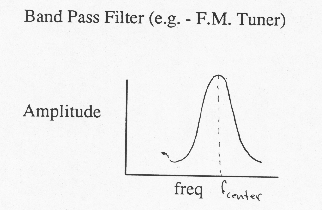
Amplitude response – ability of the system to react in a linear way to various input amplitudes. When this linear range is exceeded, system is said to be over driven.

Slew rate – maximum rate of change the system can handle when ![]()
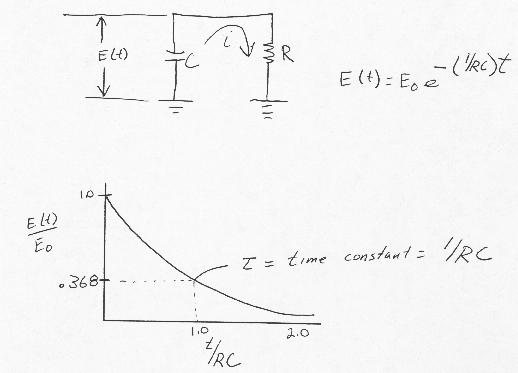
The ratio ![]() has a value
of 36.8%
has a value
of 36.8%
Definition of Time constant is usually carried into all types of systems even those which do not exhibit the simple behavior of the above system.
t - time it takes for the system to attain a state of 63.2% of the difference between initial and final states.
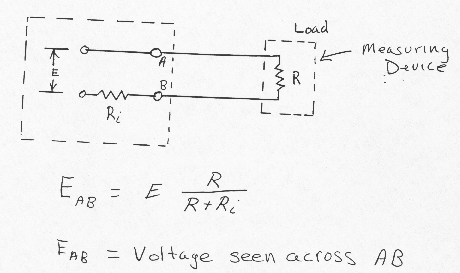
The impedance of the measuring device connected to the terminal should be lager compared with the internal impedance Ri.
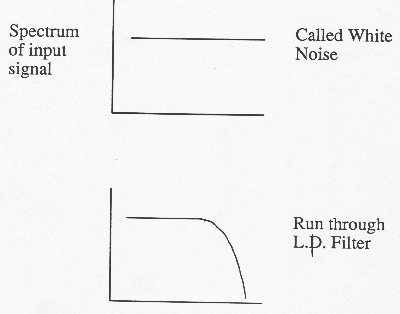
Þ output from LP filter will be
